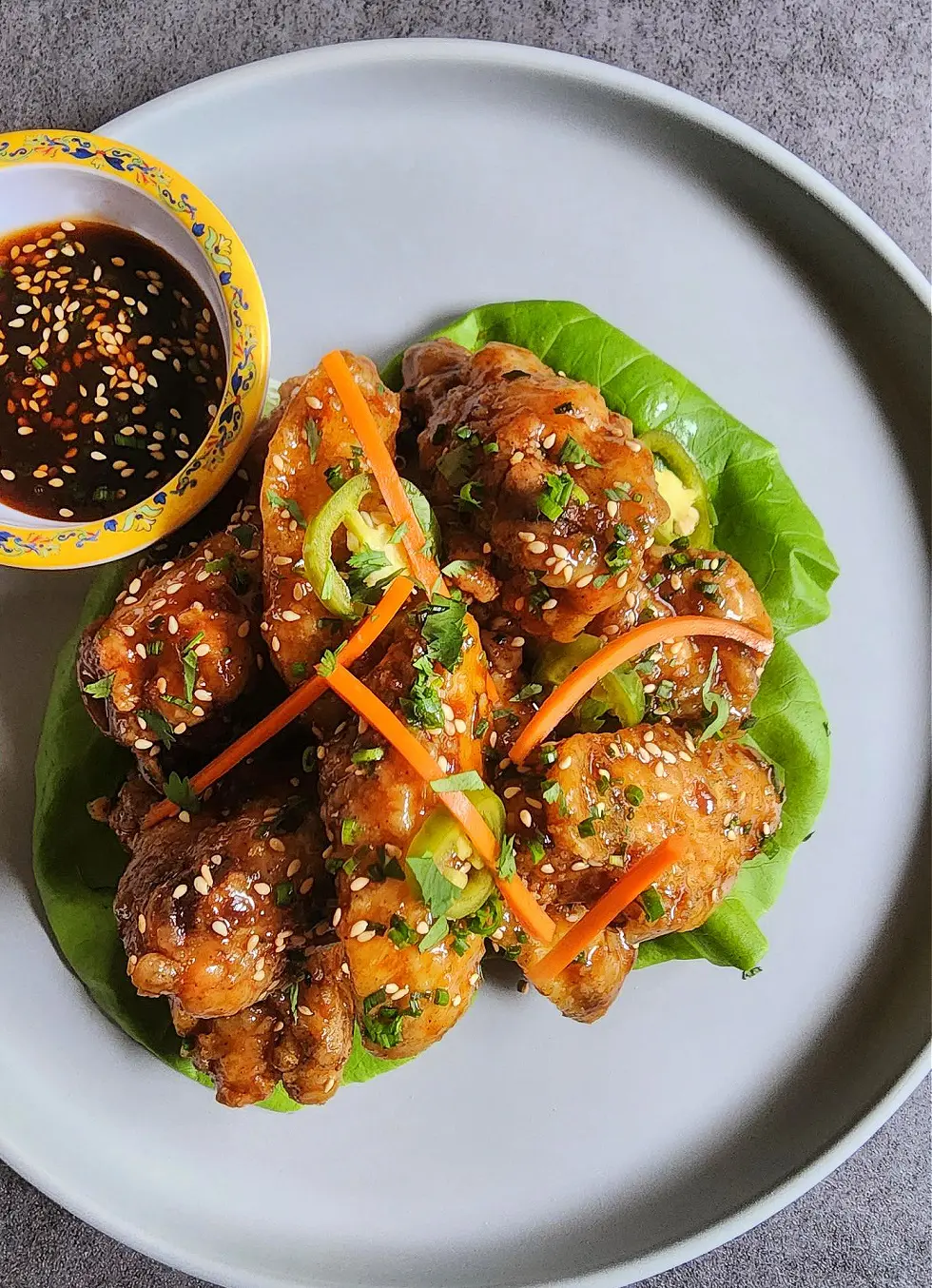Learn how to BeWell from Cura’s Wellness Experts! Read more in our August Blog on how increased muscle mass can lead to less body fat, a stronger immune system, improved energy levels and reduced stress…creating a healthier you…!
Muscle growth takes time, persistence, and a long-term commitment. With proper training programs and adequate consumption of calorie and protein, it is possible for most people. Added muscle mass will increase the definition of your muscles, improve your lean body mass, and add bulk and size to your frame in all the right places. Building muscle requires your body to deposit more protein molecules into your muscles than it removes. Resistance training with weights and ensuring proper nutrition are the primary means for accomplishing this goal. The best way to reliably drive muscle growth is by using your muscles against moderate to heavy resistance. In addition, muscle growth is specific to the muscles being used. Stimulating muscle growth requires performing weight training exercises with an amount of weight that only allows you to perform 1–20 repetitions: 1-5 reps: develops more strength, 6-12 reps: develops more muscle growth, 12-20 reps: develops more muscular endurance. Understand that these ranges will have some crossover, meaning that 3-repetition sets with the respective weight will cause some muscle growth, 8-repetition sets will build some strength, and 20-repetition sets will build muscle as well. Gaining muscle is possible using all repetition ranges, and some people may respond better to lower or higher repetitions with heavier or lighter weights, respectively.
Muscle building is specific to the muscle being worked on. For example, to build bigger biceps, you need to perform exercises that work the biceps. This could be an isolated bicep exercise, such as a bicep curl, or a compound movement that uses the biceps, such as a pullup. The best long-term fitness results should include both compound and isolation movements in your training. Compound movements like a barbell back squat effectively stimulate multiple large muscle groups in a single exercise and provide more functional movement for real-life activities. This leads to both more efficient workouts and more practical muscle strength. Isolation movements are an excellent way to target specific muscles, and beginners may initially find them safer and easier to learn than compound movements. A good rule of thumb is to perform three sets of 3–5 compound movements, followed by 3 sets of 1–2 isolation movements per workout. Performing heaviest sets using compound movements and then working on those higher repetition ranges for those isolation movements. Assuming you are performing three working sets per exercise, limit the total combined compound and isolation movement exercises to 5–7 movements per workout.
Diet is the second half of the muscle building equation. All the weight training in the world will not yield results if you do not supply your body the nutrients it needs to grow new muscle tissue. To gain muscle, you need to provide your body with appropriate amounts of calories, nutrients and especially protein. Doing so will support the creation of new muscle proteins from the dietary protein you eat, which will be stimulated by the work you do in the weight room. Eating for muscle gain requires sufficient protein and calorie intakes to drive growth. Avoid eating more than 300–500 extra calories per day to minimize gains in body fat. Recent research suggests that those training to gain muscle should eat around 0.72 grams of protein per pound (1.6 grams per kg) of body weight per day. When it comes to choosing what foods to eat, a registered dietitian can assist with healthy choice for optimal muscle growth. Nevertheless, eating a variety of protein sources is your best bet. Research suggests consuming 0.22–0.68 grams of fat per pound (0.5–1.5 grams per kg) of body weight per day. The rest of your daily calories should come from various carbohydrate sources, especially twice as many complex carbohydrates such as whole grain breads, pastas, and cereals. Limit or omit simple carbohydrates such as sugar, soda, candy, white bread, sugar cereals, sweetened beverages, ice cream cookies, pies and cakes. Good protein sources are eggs, salmon, chicken breast, turkey breast, Greek yogurt, cottage cheese, tuna, lean beef, soybeans, beans, shrimp, edamame, quinoa, chickpeas, nuts, cow’s skim milk, tofu and lean pork.
Gaining serious muscle takes many months and years of weight training and proper eating. Muscle gain rates vary by individual, even when following the same program. Gaining muscle takes time and is limited to 0.5–2 pounds (0.25–0.9 kg) per month. While this may seem like a small amount, over time, the results can be dramatic. With just a few years of consistent training, you can gain 20–40 pounds (9–18 kg) of muscle, which would be a dramatic physique change for anyone beginning a resistance training program.
Overall, to reach your muscle building goals, you must lift with the proper resistance while utilizing the correct weight training techniques, eating healthy, staying consistent and having fun.
References:
www.healthline.com/health/excersie-fitness/what-are-reps.
www.ncbi.nim.nih.gov/pmc/articles/459767, 58252756, 6566799, 6808760.



